The following are answers to some questions that we are already getting from funders, the media and the public about our latest data report, Black Funding Denied: Community Foundation Support for Black Communities.
In general, the data in this brief report is based on NCRP’s analysis of Candid giving data, which we paired with Census (ACS, 2018) demographic data. Candid (formerly GuideStar + Foundation Center) is the definitive philanthropy sector source for information on foundation grantmaking.
NCRP’s query of Candid data includes grantmaking
- from each community foundation,
- for work to benefit the community foundation’s home state (or states in cases where the foundation serves a multi-state community)
- from 2016 to 2018
Grantmaking for Black communities includes all grants to which Candid assigned the “People of African Descent” beneficiary population code.
Grantmaking for structural change includes all grants to which Candid assigned the “Democracy” or “Human Rights” subject codes.
Grantmaking for direct services includes all grants to which Candid assigned the “Education,” “Health,” or “Human Services” subject codes.
Demographic statistics used in the per capita funding calculations are from the Census 2018 American Community Survey and pertain to the metropolitan area where each community foundation is based as defined by the
Census Bureau. Black per capita funding statistics pertain to the Black population numbers, total per capita funding statistics pertain to total population numbers.
Common Questions
Q: Where and when did this data come from?
Q: Are we talking about funding for Black-led work here?
Q: How did we decide which grants were for Black communities and which weren’t?
Q: Does this include DAF giving?
Q: What about community foundations whose giving extends across the country and/or overseas?
Q: Who’s included in the “per capita” data headcount?
Q: What’s “structural change” funding?
Q: What are the flaws in the data?
Q: How were these 25 community foundations chosen?
Q: What if a community foundation has a different analysis of their grants than NCRP has?
Q: Why has NCRP published this data?
Q: What is NCRP asking of community foundations in response to this data?
Q: Some foundations insist that their share of support for Black communities is higher than NCRP’s research suggests because they fund in a city that is predominantly Black. As a result, they say that their funding must be reaching Black communities by default. Shouldn’t this report consider this kind of data?
Q: Where and when did this data come from?
A: These data are based on NCRP’s analysis of Candid giving data, which we paired with Census (ACS, 2018) demographic data. Candid (formerly GuideStar + Foundation Center) is the definitive philanthropy sector source for information on foundation grantmaking. They get their data from a variety of sources: Sometimes foundations share their data directly with Candid (if you’re a foundation and you don’t do this, you should!); and sometimes Candid pulls data from a foundation’s Form 990. These data include 2016-2018, three years of giving which occurred after the Ferguson Uprisings in 2014, and during and after the national campaign of a white supremacist president. Demographic data are from 2018.
Q: Are we talking about funding for Black-led work here?
A: No. These data reflect grant support to benefit Black communities whether that work was led by Black people or not. Candid’s data does not allow us to say how much funding has flowed to Black-led work. You can read more about the urgent need for more of that kind of data and about what can be said about the state of funding for Black-led work in ABFE’s recent “The Case for Funding Black-led Social Change.”
Q: How did we decide which grants were for Black communities and which weren’t?
A: We rely on Candid’s grant beneficiary population and grant subject coding, which comes from a variety of sources: Sometimes Candid collaborates on coding with the foundation in question (if you’re a foundation and you don’t do this, you should!); and sometimes Candid codes grants themselves using a sophisticated process which you can read more about here. Their processes – just like any coding process – are not perfect. See below for more.
Q: Does this include DAF giving?
A: Yes, for most community foundations who sponsor DAFs, Candid’s data reflects the full extent of their grantmaking, not just their unrestricted grantmaking. Community foundations are the legal stewards of the money given from DAFs, and community foundations build advanced donor recruitment and education programs into their work. It stands to reason that community foundations are responsible for the full extent of their grantmaking, then, and not only that which comes from a general fund.
Q: What about community foundations whose giving extends across the country and/or overseas?
A: We constrained our focus on only giving that was for work in the foundation’s home state. In the case of foundations from multi-state metropolitan areas (New York, Portland, Kansas City, etc.) we focused on giving for work in any state that touches that metro area. This is an expansive understanding of each foundation’s “home community,” but we believe erring on the side of inclusion is better than excluding grants because they happened to be given for work in a rural part of the foundation’s home state, for example.
Q: Who’s included in the “per capita” data headcount?
A: Our demographic information is for the metropolitan region where each foundation is based. In most cases, we used the CSA (in some cases the MSA was more appropriate), a unit of analysis the Census Bureau defines and uses in their research. For example, the Silicon Valley Community Foundation’s giving is measured against the Black population and the total population of the San Francisco-San Jose-Oakland CSA.
Q: What’s “structural change” funding?
A: NCRP combined Candid’s codes related to democracy and human rights to generate this stat. These codes together represent a spectrum of work from civic engagement to policy change to civil rights litigation. Similarly, we combined the codes for health, human services, and education to generate the “direct services” funding stat.
Q: What are the flaws in the data?
A: The most recent year of data we have available is 2018. Additionally, Candid’s coding process is not perfect and there will always be some grants that have been erroneously coded as being for Black communities or which are erroneously not given that code when they should have been. NCRP is not aware of any systemic bias in Candid’s coding that would inflate or deflate grantmaking for Black communities across the board. When we talk about potential coding errors, it’s vital to focus on the orders of magnitude for the grantmaking in question. Even if Candid systematically under-coded grantmaking for Black communities by a factor of two (which would be a large and surprising systemic error), most of the community foundations in this dataset would see their numbers adjusted up from 1% or 1.5% to 2% or 3%. No one can responsibly suggest that their grantmaking data has been under-coded by a factor of 10 or 20 times, which is what would be required in order for most of the community foundations in this dataset to approach grantmaking parity with the Black share of their community’s population.
Q: How were these 25 community foundations chosen?
A: For this analysis, NCRP selected a combination of the country’s largest community foundations by giving and the community foundations where our Black-led nonprofit members are located.
Q: What if a community foundation has a different analysis of their grants than NCRP has?
A: NCRP highly encourages community foundations to regularly assess how much their total grants benefit Black communities and every marginalized community, across every strategy, and to publish those results for the wider community. As noted above, one way to do this is to collaborate with Candid. To give this analysis credibility, NCRP urges community foundations to share this analysis at the grant level; otherwise, it is difficult to see how the foundation’s own coding is applied.
Q: Why has NCRP published this data?
A: Since our founding, NCRP has urged foundations to be responsive and accountable to the communities they serve, prioritizing both marginalized communities and the necessary work of structural change. We know that our country strengthens when movements for social justice have the resources they need to thrive. This summer, as the murders of George Floyd, Breonna Taylor, Ahmaud Arbery, Tony McDade, and so many other Black lives once again led to overdue calls for change, NCRP’s Black-led nonprofit members and movement allies asked us to do more, asking what community foundations across the country and in their backyard had been doing. This preliminary analysis is one small response to this recurring request.
Q: What is NCRP asking of community foundations in response to this data?
A: At minimum, parity. Community foundations have a responsibility to ensure their giving, including through donor advised funds, reaches Black communities at a level commensurate with local demographics. It is long past time for community foundations to trust local Black leaders and movement organizers as the experts they are. The best way to demonstrate the strength of this relationship is not through a special grant or new report, but consistent, regular, accessible giving to Black-serving and Black-led work, especially for structural change.
Q: Some foundations insist that their share of support for Black communities is higher than NCRP’s research suggests because they fund in a city that is predominantly Black. As a result, they say that their funding must be reaching Black communities by default. Shouldn’t this report consider this kind of data?
A: No. Just because funding reaches individuals members of a community doesn’t mean that it is specifically designed to benefit that community. Nor is this data report meant to capture that type of “incidental” funding.
NCRP’s definition of the most effective grantmaking for marginalized communities (going back to the 2009 publication of Criteria for Philanthropy at its Best) includes only giving that names marginalized people explicitly in its intent or strategy. Our research has shown that funders who named specific marginalized communities in their giving strategy were more likely to make progress against their equity goals and to hold themselves accountable.
Our Black-led nonprofit member organizations and partners have affirmed the crucial importance of naming Black communities as the intended beneficiaries of giving rather than relying on incidental funding. So, especially in this moment, is not enough to give to, for example, the local YWCA or United Way in a Black-majority city and assume that the immediate and systematic issues around equity for Black communities are being addressed, tackled, or handled.

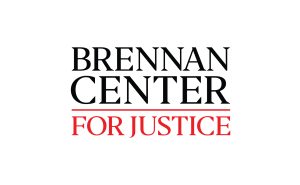





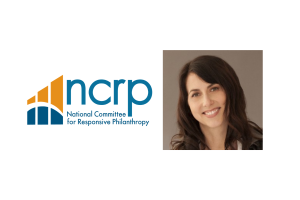
















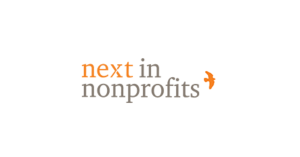












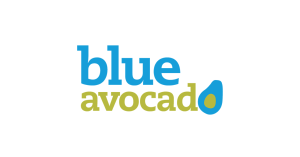



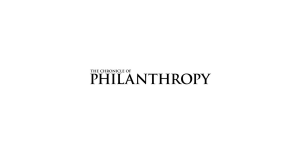































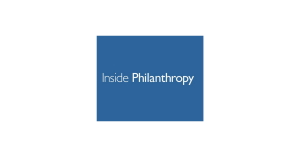


































































































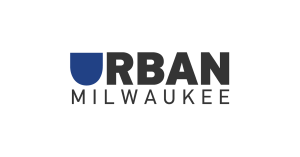








[…] 1. Additional details about the report’s data methodology, can be found in the report’s Methodology section below and the report’s FAQ page […]